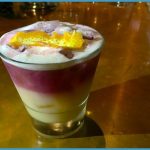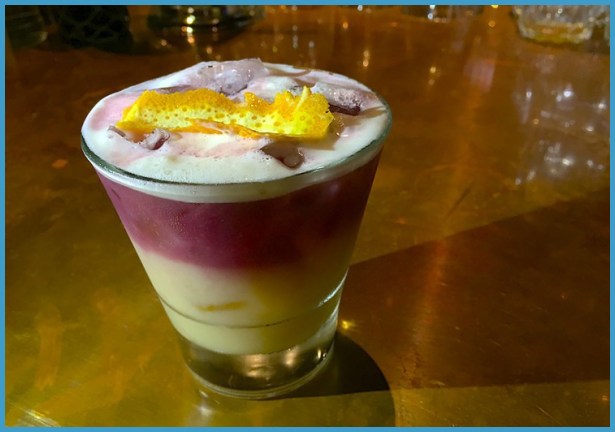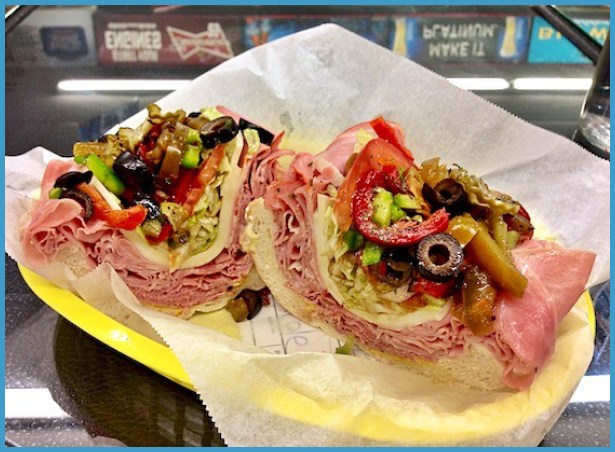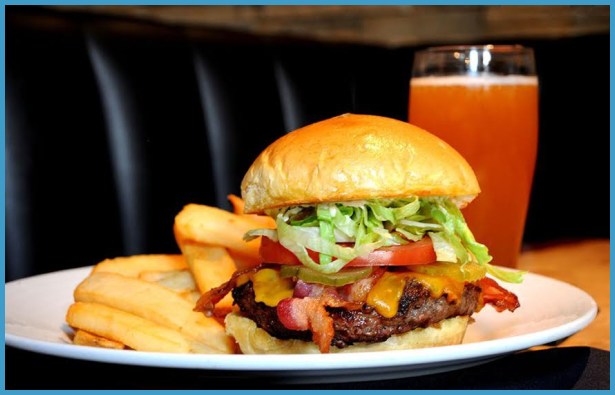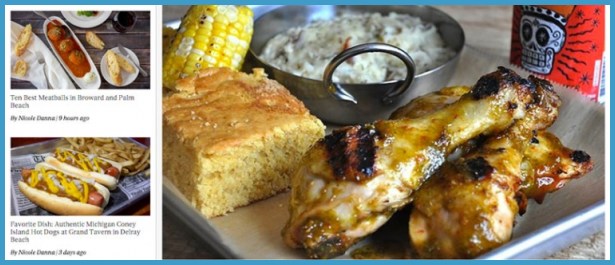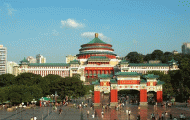Some of the most visible and tangible cultural changes in Florida stemming from Latinos come in the form of food and drink. Mojito a delicious concoction of rum, sugar, lime juice, and mint leaves has become nationally and internationally famous as a quintessentially Miami drink. Latin Caribbean food in restaurants, take-out counters, and in stores has dramatically changed the culinary landscape of Florida. And more recently, the influence of Latin fusion has become the next big thing in food and culinary trends.
One need only walk into a corner grocer in Miami to get a sense of just how dramatic the influence of Latinos on food culture has become. Badla, the spice and herb company, markets a vast selection of traditional non-Latin spices, such as tarragon, thyme, and black pepper, but has also become one of the largest spice companies in the United States, with widespread distribution in Florida. Badla offers everything from Mexican chiles, Puerto Rican mojo (a garlic-based marinade), and virtually any spice or seasoning from the Caribbean imaginable. Likewise, products by Goya Foods can be found in major supermarkets in Florida as well as in corner markets. The Meridian Market, on 6th Street by Meridian in Miami Beach, is a case in point in the incredible culinary diversity and cultural mixing of Florida. The deli hot food counter offers a wide range of traditional Caribbean foods such as ropa vieja (a meat stew with peppers and onions), fried yuca, black beans, Cuban-Chinese fried rice, and others. The girls who work the counter are predominantly Honduran migrants and do not speak English.
The butcher counter is run by a Cuban and an Argentine who provide many typically Argentine and Latino meats such as beef sweetbreads, tripe (for Mexican menudo), vacio (an Argentine steak cut), and many others. The produce section offers a wide range of Latin, especially Caribbean, vegetables such as yuca, chayote squash, avocado, habanero chiles, jalapeno chiles, and papaya.
It would be easy to belabor the point, but perhaps yuca is most symbolic of the Latin and Caribbean influence on Florida’s culinary landscape. A nutritionally poor but calorie-rich tuber, yuca is a starchy food, similar to a sweeter version of
a Russet potato. Long used by the indigenous Tainos of the Caribbean for its caloric richness, yuca was quickly adopted into Spanish Caribbean food. A staple of Puerto Rican, Cuban, and Dominican diets, yuca can be found in most supermarkets and grocers in south Florida and is often found on menus in upscale restaurants, as well as being a standard at mid-range Caribbean restaurants.
In addition to the influence of Caribbean styles, Argentine food has also made impressive inroads in Florida. Long known for its high-quality beef, Argentine par-rillas (grills) have proven wildly popular in Florida for their simple offerings of steak, red wine, and pasta. Mexican food, which is of course incredibly popular throughout the United States, has been more confined to regions of Florida such as Homestead, where there are large enclaves of Mexican migrants. Because the market audience is primarily Mexican, the nature of Mexican food in Florida has tended to be less internationalized and Taco Bell-ized as it has been in other parts of the United States, where the tendency of Mexican food to be very hot and spicy has been tamped down for American palates.
South American wine has also proven to be extremely popular in Florida. Whereas in other parts of the United States with large Latino populations, such as California, where Californian, Australian, and French wines tend to be more popular, the close demographic and financial links between Florida and Latin America have made for a booming industry in the export of Argentine and Chilean wine into Florida. Indeed, one is as likely to find an Argentine malbec or a Chilean cabernet in a wine store or restaurant list as a Californian pinot noir or French Bordeaux, both of which tend to be more expensive than their South American counterparts.
And then there is the rum. Caribbean rum has in many ways transformed the image of Miami and Florida into a place where the party never ends and the cocktails always remain full and the girls scantily clad, and the men pack pistols in nightclubs. This is in many ways testimony to the success of marketing campaigns that have associated rum, mojitos, and Cuba libres as symbolic of the Florida Latin experience. But it is also testimony to the financial and political influence of the Bacardi family and conglomerate, which came to Miami shortly after the fall of Castro.



